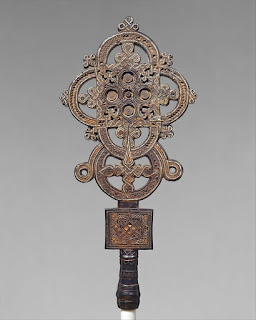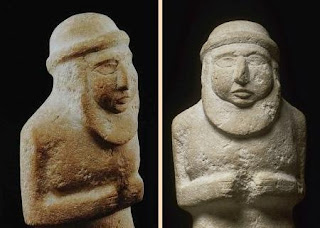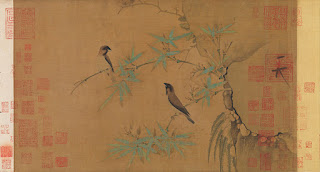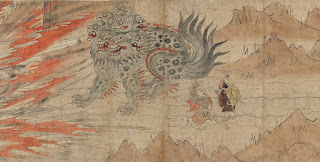Artwork Analysis Blog Post (Due November 4, 2020)
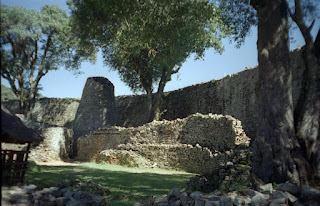
The ancient ruins of Great Zimbabwe are and remain one of the most humbling and stunning architectural undertakings, so one can only imagine how they looked before when the city was fully standing and people bustled throughout as the probable capital of an unknown kingdom. Its walls, crafted with granite blocks, are intimidatingly high, standing at thirty-six feet in some places and stretches across over eight hundred feet. Their unusually but magnificently coiled design fascinated travelers and colonizers alike, so much so that the craftsmanship was the subject of heavy debate. Sadly, there is little to no information on those who inhabited these ruins before they became just that, but it appears that the wealthy and royals often graced those walls. Works Cited Dr. Nancy Demerdash, "Great Zimbabwe," in Smarthistory, October 8, 2016, accessed December 12, 2020, https://smarthistory.org/great-zimbabwe/ . Department of the Arts of Africa, Oceania, and the Americas
